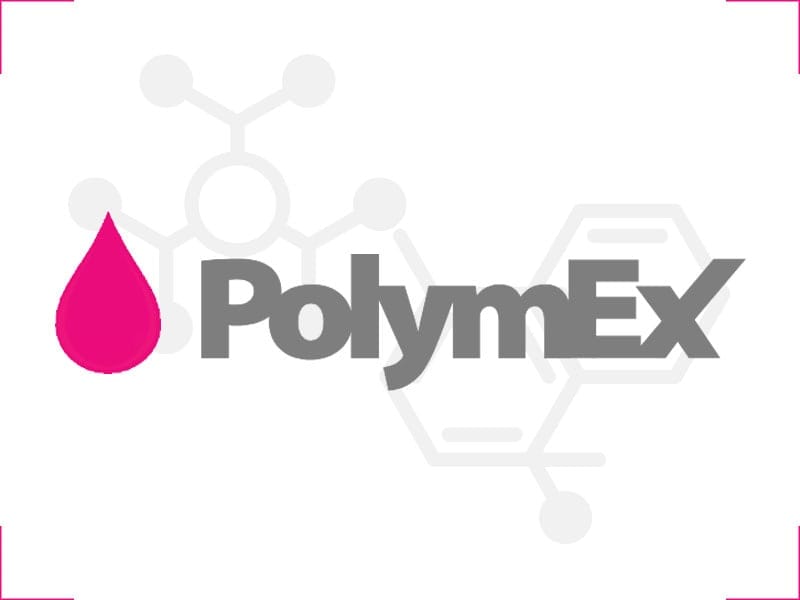Download Resources - Technical Documentation
CROSSLINER-HARDENER CONTENT OF EPOXY BICOMPONENT BY PYROLYSIS / GCMS
It is a question of determining the proportion by crosslinking in a two-component epoxy adhesive consisting of a DGEBA-based epoxy resin and a hardener based on aliphatic polyamines. Indeed, the adhesion properties of such systems are directly proportional to the quality of the respect of the ratio between the Base and the Hardener. The first step consists of carrying out a series of "standard" mixtures centered on the ideal B / D ratio but also containing values with excess B and excess D. These mixtures are crosslinked and analyzed by Pyrolysis / GCMS. Each pyrogram of each standard makes it possible to visualize and record organic fragments relating to each Part B and D. The "tracer" fragments of the Base are in this case, compounds based on DGEBA and Bisphenol A, those of the Part D are light nitrogen compounds with "Alkyl Pyrrole" motifs. The total areas of the chromatographic peaks (compared to the analyzed sample mass) of these compounds from these two families are summed and will be used to plot the calibration line: Ratio [Base / Hardener] vs [Hardener%] . Subsequently, the crosslinked glue sample with adhesion failure will be analyzed by Pyrolysis / GCMS and the [Base / Hardener] ratio will be compared to the calibration line to verify the Ratio [B / D% ] and compare it to the ideal ratio. This technique works with all bicomponents, whether aromatic, siloxane, aliphatic ... it works even with polyurethane systems (PUr) as long as we can identify and identify tracer fragments of one or the other of two matrices.

 EN
EN
 FR
FR